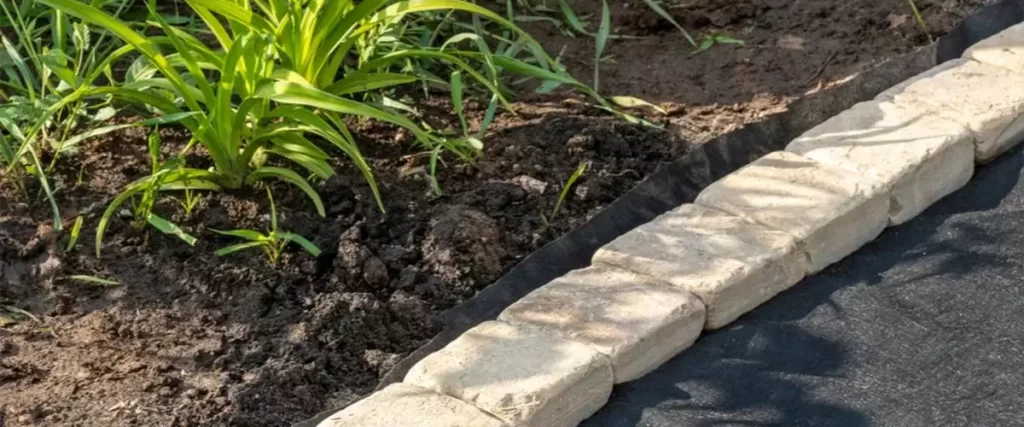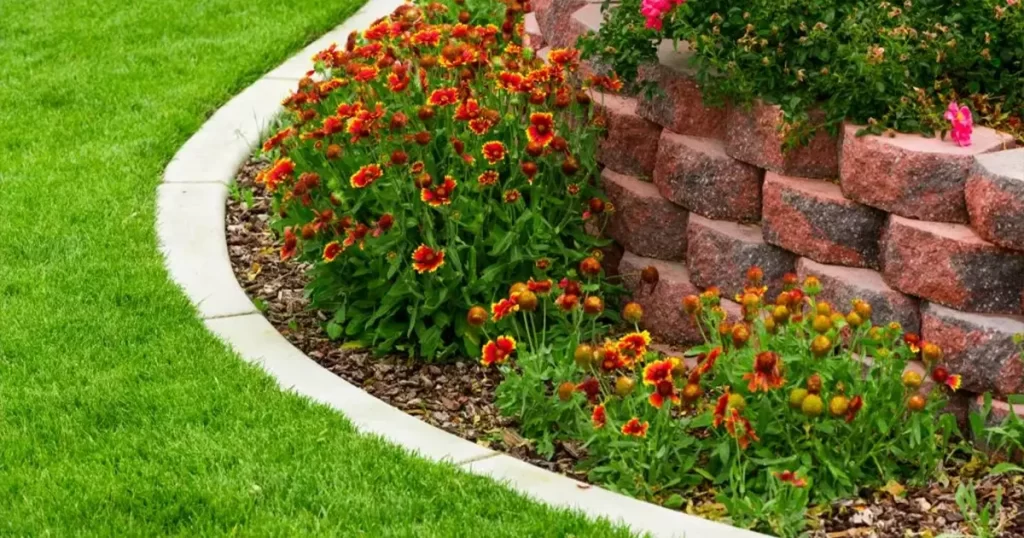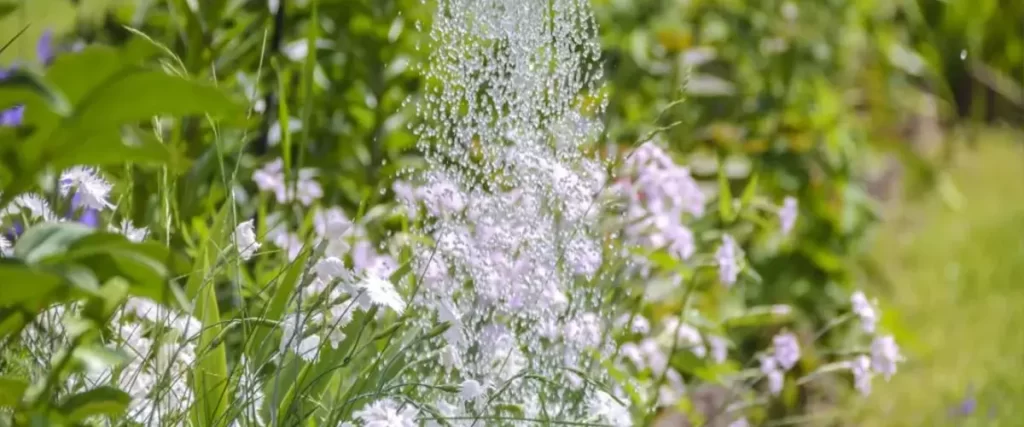
In this post, you can find out how landscape fabric works, its benefits, what you’ll need to install it, how to install it, and tips.
How Does Landscaping Fabric Work?
You’ll love having one of the best landscape fabrics in your yard. It’s one of the easiest and most efficient ways to stop weeds from growing. It works by keeping weed seeds from germinating. The best part is it’s breathable, so water, air, and nutrients still get into the soil. Since most companies spin it from synthetic-fiber material, it blocks sunlight too.
You can help it work even better by covering it with mulch, gravel, or other ground covers. The fabric will keep the gravel and stones clear of dirt and slow down the mulch’s breakdown.
*You can also use black plastic, but it tears more easily and isn’t breathable.
Benefits Of Landscape Fabric As A Weed Barrier
This fabric is great because it’s:
- Durable
- Resistant to sun damage
- Tear-resistant
- Movable to other areas
- Helpful in preventing weeds from growing
What To Keep In Mind During Installation
Even though this material is fantastic, you’ll want to watch out for a couple of things.
One is that this fabric can still tear. Sharp rocks, roots, and tools can cause rips. You’ll want to prepare the ground with a rake to smooth it out.
Sun damage can still happen if sunlight hits it directly for long enough. It’s a good idea to make sure you cover it completely.
Tools And Materials For Installing A Fabric Weed Barrier
- Hoe
- Rake, preferably steel
- Knife, preferably utility
- Hammer
- Landscape fabric
- Landscape fabric staples
- Plants and ground cover (optional)
How To Install Landscaping Fabric In 6 Steps

1. Take Out Grass And Plants
Even though this material is fantastic, you’ll want to watch out for a couple of things.
One is that this fabric can still tear. Sharp rocks, roots, and tools can cause rips. You’ll want to prepare the ground with a rake to smooth it out.
Sun damage can still happen if sunlight hits it directly for long enough. It’s a good idea to make sure you cover it completely.
2. Clear And Level The Area
Grab your steel rake and get to raking.
You’ll want to remove sticks, stones, and pretty much anything that isn’t soil. Anything left can puncture the fabric, which reduces the effectiveness. Make the area smooth and flat.
3. Lay Down The Weed Barrier Fabric
Now you get to roll out the material.
Roll it out parallel to the longest side of the area. You can use the knife to cut it so it fits. It’s better to have too much than too little. Cutting off is easier than adding back on.
For areas needing more than one row, overlap the pieces by a minimum of 6 inches. You can do 3, but 6 will work better. For landscaping fabric with different sides, make sure the ones facing up match.
Weigh down the fabric with heavy objects to keep them still.
4. Staple The Fabric Down
After making sure you situate the fabric correctly, it’s time to get to hammering.
Grab the staples and your hammer. Drive a staple into the edges, seams, and interior areas (as needed) about every 10 feet. Trim any leftover material.
5. Put Any Plants In (Optional)
You can have plants go through the weed barrier.
To do so, cut an X into the fabric per plant using a knife or another sharp tool. It needs to be just big enough for the plant’s root ball. It’s better to have fewer and smaller holes. This leaves less chance for weeds to grow.
Pull the flaps aside, dig the hole, install the plant, back-fill around the root ball, tamp the soil down, and place the flaps back down.
You’ll want to put the dirt in a bucket or something that isn’t on your landscape fabric.
6. Add Ground Cover (Optional)
Tips For Using Landscape Fabric As A Weed Barrier

While it is breathable, this fabric limits the amount of moisture your plants get. It’s a good idea to keep an eye on them to make sure they get a healthy amount.
You’ll need to maintain the area still. Soil and dust can build up to where weed seeds can germinate and grow. Mulch will break down into the soil, too, creating a home for weeds. You’ll need to remove and clean the fabric or replace it.
You can usually rake off the area for stone ground covers and hose it down.
Fight Weeds With Landscape Fabric
This is one weed barrier you’ll absolutely love. It’ll help keep weeds to a minimum so you can enjoy your yard and garden more.
You can contact us about your landscaping project! Or, you can learn more on our planting services page.
